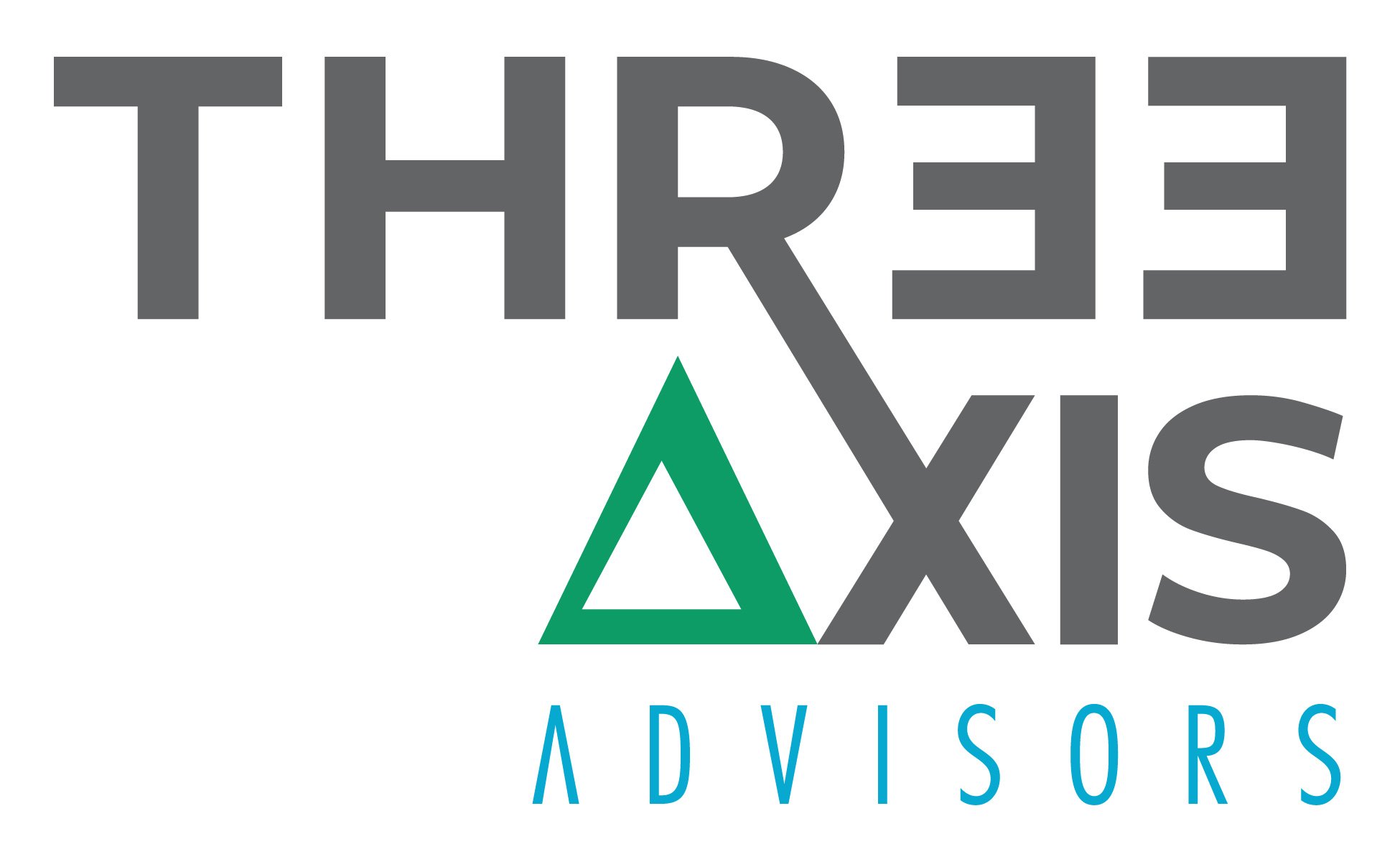Estimates of U.S. Brand Drug Commercial Net Prices
Alternatives to existing net price estimates based on Federal Supply Schedule (FSS) pricing
Many standard benefit designs for prescription drugs, including Medicare, require patient cost-sharing in order for members to obtain medications. The cost sharing arrangements often require that for the most expensive therapies – typically recognized as brand and/or specialty medications – the patient must pay a percentage of the manufacturer-set list price for the therapy. However, it is well recognized that manufacturer list prices do not reflect the drug’s net cost when rebates and other price concessions the manufacturer offers are considered. As a result, patients pay a higher share of net drug spending in the aggregate for highly rebated drugs, potentially reducing the value of their insurance.
As a result of the growing disconnect between prescription drug list prices and net prices, individual estimates of net drug spending would be extremely beneficial in helping evaluate and contextualize U.S. drug prices. 3 Axis Advisors, LLC, undertook a study of the United States Department of Veterans Affairs (VA) drug pricing in an attempt to evaluate the potential accuracy of using VA pricing to estimate net commercial drug costs in the most favorable of circumstances. Many federal agencies are uniquely positioned to access brand medications at net prices available to the “most favored” commercial payers through the use of the Federal Supply Schedule (FSS). The FSS price is available in the public domain, enabling potential assessment of its use as a net price estimate.
In this study, we used the publicly available FSS pricing data to develop a net drug price estimate for brand pharmaceuticals in the U.S. We then analyzed our estimate to known net drug prices and found that our estimate produced similar results to the stated net price by the manufacturer. More specifically, in their 2020 investigation of the prices of Lantus insulin, Senators Chuck Grassley and Ron Wyden found a net price aligned to our FSS-based estimate.
Comparison of Net Lantus Price, U.S. Senate Investigation vs. FSS-net price estimate
Further, we compared our estimate to Medicare Part D pricing data in a manner similar to prior work by the Congressional Budget Office (CBO). Our estimates find that the gap between FSS prices and net Part D prices is smaller than 7% as estimated by CBO for 2017. As a result, we find that FSS prices may be useful in predicting the rebates paid by manufacturers of brand-name drugs to Part D plans, at least to the extent that you’re able to get the best prices (though again, we acknowledge not everyone is).
Gross and Net Medicare Part D Expenditures, Various Experiences
At 3 Axis Advisors, we understand that health care is unnecessarily complex and exceedingly expensive. With precious financial resources and the care of our loved ones on the line, we believe that through a better comprehension of our system’s mechanics and incentives, a better healthcare system is possible.
Driven by our experience, innate curiosity, and passion for finding truth, we expose and simplify inefficiencies and cost-drivers in the prescription drug supply chain and work to remedy them through data-driven research and innovative solutions.
We hope that the insights contained in this report can build upon previous net drug pricing research and help to better shorten the bridge between understanding and misunderstanding the cost drivers within the prescription drug supply chain.
To access a text file of our current estimate of net prices on an NDC basis, click here (last updated 2/9/2023).
We are immensely grateful for Arnold Ventures for the financial resources that supported this work. If it were not for them, there would be little funding available for exploratory research and analysis of the U.S. prescription drug supply chain.


